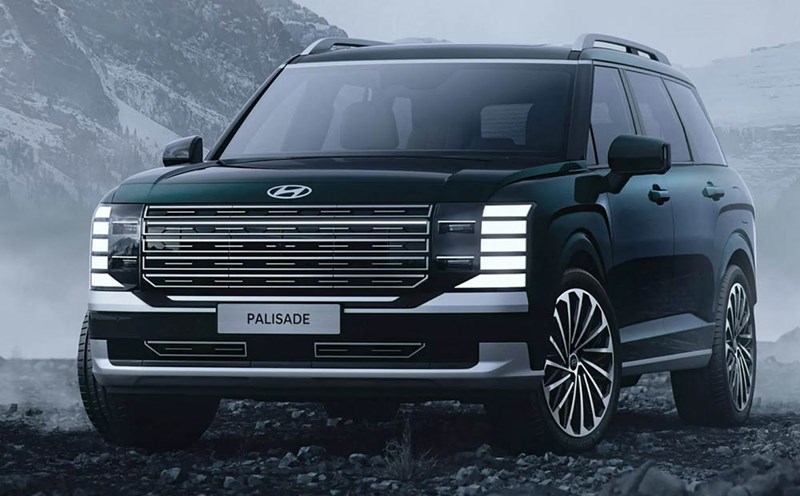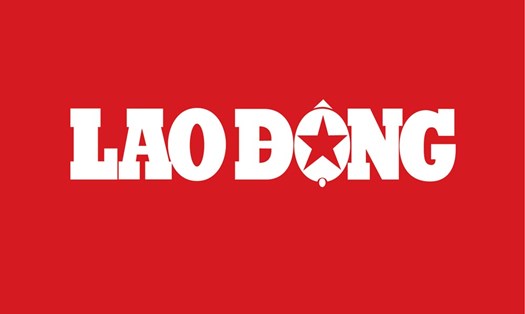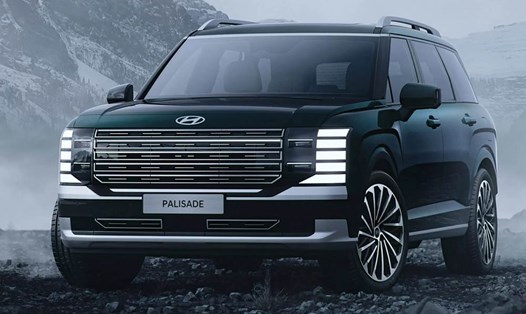According to the company, the Urban Cruiser is a version developed from the Suzuki e Vitara. With a total length of up to 4,285 mm, the Urban Cruiser is placed between the Yaris Cross and C-HR in Toyota's SUV line in Europe.
In terms of exterior, the Urban Cruiser is similar to the Urban SUV Concept introduced in 2023. However, this new model has some minor adjustments to suit actual production. The front of the car is designed in a hammer-shaped shape similar to the new Toyota Camry model. The taillights are uniquely designed, the other body parts are similar to the Suzuki e Vitara. The 18-inch and 19-inch rims also have a similar design.
The interior of the Urban Cruiser model is not much different from its Suzuki counterpart. The car is equipped with a 10.25-inch digital clock; 10.1-inch entertainment screen; JBL premium sound system with fixed sunroof. Toyota said that the spacious interior thanks to the wheelbase extended to 2,700 mm allows the rear seats to slide and recline to increase convenience.
The Urban Cruiser uses a specialized structure for electric vehicles with 3 power levels and 2 options for lithium- restrain-phosphate batteries. The front-wheel drive produces up to 142 horsepower and 172 horsepower from the electric motor. Meanwhile, the all-wheel drive version can reach up to 182 horsepower from a 2-motor system. Smaller battery capacity than 49 kWh is only equipped for the FWD version; 61 kWh battery is available in both drive versions. However, the company has not officially announced the standard operating range of the vehicle.
The Urban Cruiser will be produced in India alongside the Suzuki e Vitara and will make its first appearance at the Brussels Motor Show in January 2025.
Toyota has also committed to having 15 zero-emission models in its product lines by the end of 2026. This includes 6 pure electric vehicles using a dedicated platform. To date, the company has maintained its commitment to achieving CO2 emissions of 0 in Europe by the end of 2035 and achieving complete carbon neutrality by the end of 2040.









